Plans for Installing a Greywater System
Hi all, I’m wondering if anyone has installed greywater drainage systems before, or has any opinions on best practices.
My plan is essentially a parallel drain system, where blackwater (toilets and kitchen sinks/dw) flow to the septic tank, and greywater (everything else) flow to a mulch basin.
My local planning dept has adopted UPC 2021, and Washington state dept of health has drafted guidelines for greywater systems. Both require a 3-way diverter valve (downstream of fixtures/vents) so that greywater can flow to the septic tank when necessary (ie, when the ground is frozen). I plan to install drain pipe and diverter valve so that I am “greywater-ready”, but delay construction of the required sub-surface irrigation system. This should simplify the inspection period.
My questions-
1. I can’t find a list of ‘approved’ diverter valves, and the only 3-way valves I can find are 90 degree turns. Wouldn’t this slow down the flow too much as it enters the main septic drain and cause clogs? An alternative plan would be to install the diverter valve further upstream, within the vertical portion of the parallel drainpipes…but this would mean the valve is not downstream of all the fixtures. Is this a potential problem?
2. Ive read that low-flow toilets may benefit from faster flow (thus a smaller drain pipe). Given that the greywater drain is robbing the (150’ long) septic drain pipe of even more flow, and considering my low dfu’ s, I’ve reduced the building drain/septic drain pipe since to 3”. Does this seem appropriate?
3. Any comments on my amateur plan are welcome.
Thanks everyone!
Adam
GBA Detail Library
A collection of one thousand construction details organized by climate and house part



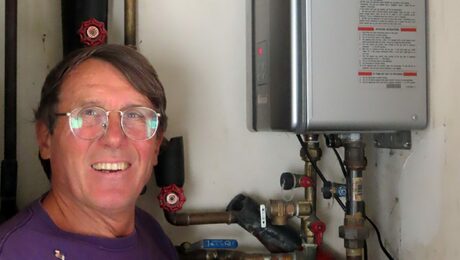

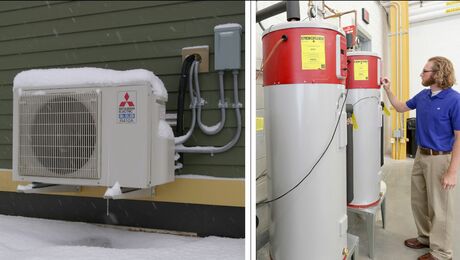
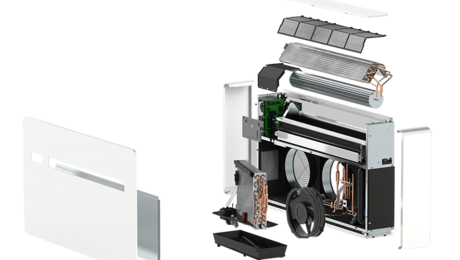
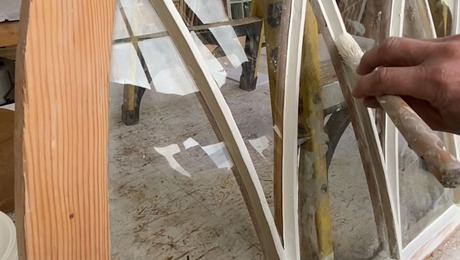
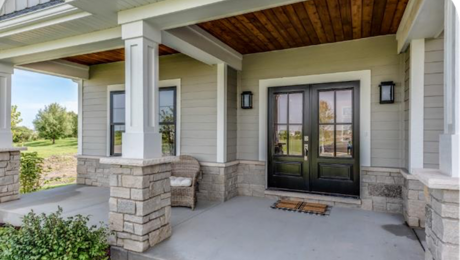
Replies
Adam,
See if your inspectors will approve the equivalently functioning diversion, which would be two ball valves, or a ball valve on the grey water line, and a back flow valve on the pipe that runs between the two.
You may find this useful: https://oasisdesign.net/greywater/misinfo/
Thanks Malcolm. On the subject of the 3-way diverter, the Oasis team says this:
“Crud in grey water will settle at the bottom of the U, clogging it. The same is true for the oft-reinvented alternative to a three way valve, using one ball valve and an overflow, or two ball valves; the dead end created by the closed valve will plug with crud.”
So I’m taking this to mean that the 3-way valve is actually ideal. But now I have some alternatives to discuss with the inspector, thanks!
Hello Adam,
I'm a little late to the party, but I've installed several dozen greywater systems in California and can answer your questions. Common practice for diverter valves is to use a product made for pools and spas...https://www.amazon.com/3-way-pool-valve/s?k=3+way+pool+valve
The 90 degree turn in the valve does at first glance seem to be a potential problem, but in practice, they don't clog there...clogs generally occur outside in the double ells if you're using a branched drain system. Good to include a service port in the double ell as outlined on Art Ludwig's website that Malcolm referenced. If there was a clog in the diverter valve, the body of the valve can be removed to service.
Regarding diverter valve location, you'll want it to be easily accessible. I prefer them to be right outside the building in an underground box, but they can be inside. Looking at your plan you wouldn't lose much greywater from putting it up steam in the vertical runs.
As far as pipe sizing, I'd just follow the dfu rules. 2" for the greywater pipe is fine.
Thanks Kent! Very helpful, good to know about the diverter valve. I think I’ll go with the diverted outside…servicing a clogged diverter valve might get messy.
I know very little about such systems, but I did find this valve: https://www.americanonsite.com/products/bull-run-valve/
Wow, that might be exactly what I need. I’ll look into this, thanks.
I’m declaring myself an official retailer for the product. Whatever they’re charging I will sell it to you for 10x the price. Free shipping.
;-)
I think you just described Amazon. ;-)
Maybe contact the city of Seattle green program ? Just a thought
Do you have plans to use less-harsh hand soaps and other products you will be flushing down the lavatories? Maybe a system that lowers the pH of the effluent being sent to the soil?
That’s good advice. We are already used to using low salt, plant friendly detergents, etc. Also we’ll be selecting plants that can tolerate salts, and intermittent flooding.
Here’s a photo of our current “Laundry to Landscape” greywater system…an old claw-foot tub converted to a Constructed Wetland (planted with Reeds).
Would be very interested in learning what type of shampoo and conditioner are used that divert to the graywater system.
I haven't found a conditioner yet that doesn't contain sodium in some form. Maybe this thread will turn up something. This shampoo (https://barianioliveoil.com/product/body-soap-and-shampoo/) doesn't have sodium, and it's ok. Dr. Bronner's is a good sodium free body wash, and *technically* you can wash your hair with it. I think, realistically, using a sodium free soap and using the products you're used to sparingly can be ok if you keep an eye on your plants. It's a bigger issue in dryer climates as the salt builds up in the soil and gets to plant toxic levels after years of use.
Is that because the reed looks like Joan Jett’s hair? It totally does.
But we do use Bronner’s soap, and a plant-based shampoo/conditioner that’s actually called “Love, Beauty, and Planet “.
Like Kent was saying, the salt build-up is less of an issue in the Pacific Northwest due to the rain.
Can you post a link to that product? The Love, Beauty and Planet shampoo I found had sodium as their 3rd, 4th, 5th and 6th ingredient:
https://smartlabel.unileverusa.com/055086008549-0002-en-US/index.html
AdamPNW,
Nice!
Thanks! The overflow from that tub system irrigates a hardy kiwi that is doing so well it thinks it can take over the house.
We have a mulch basin for the kitchen sink too, but that one has to be changed (mulch removed and replaced) every year due to the grease build up. I learned the hard way not to use gravel in that system. So heavy…so smelly.